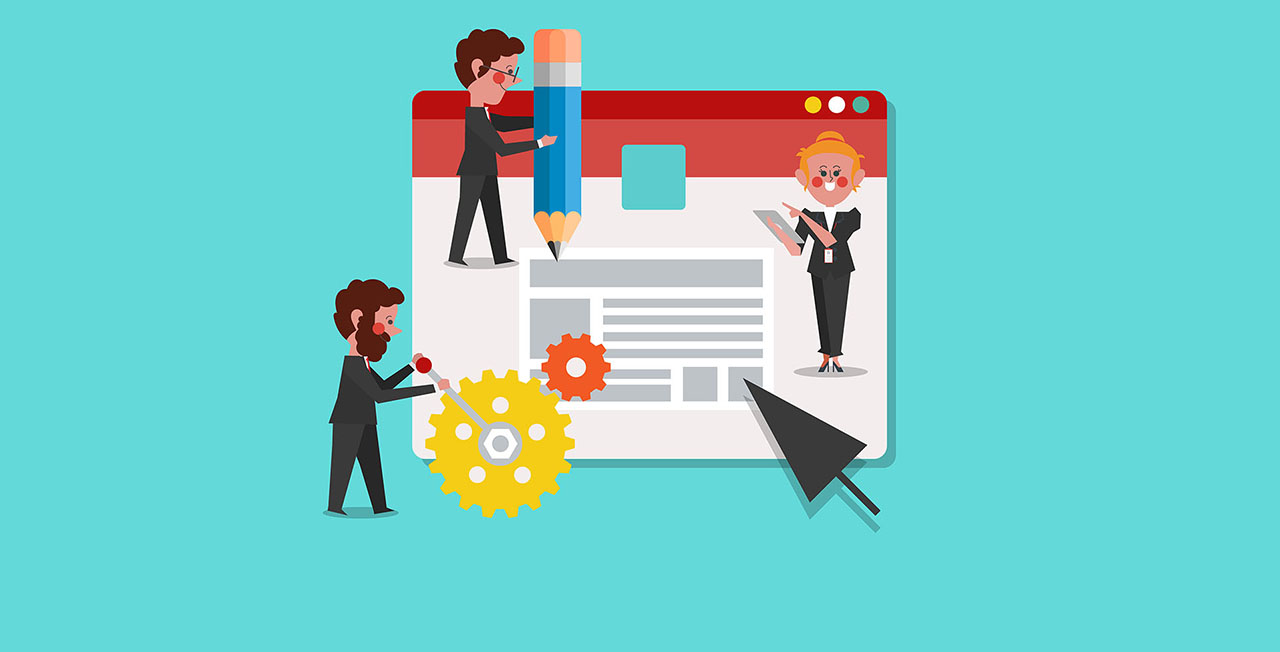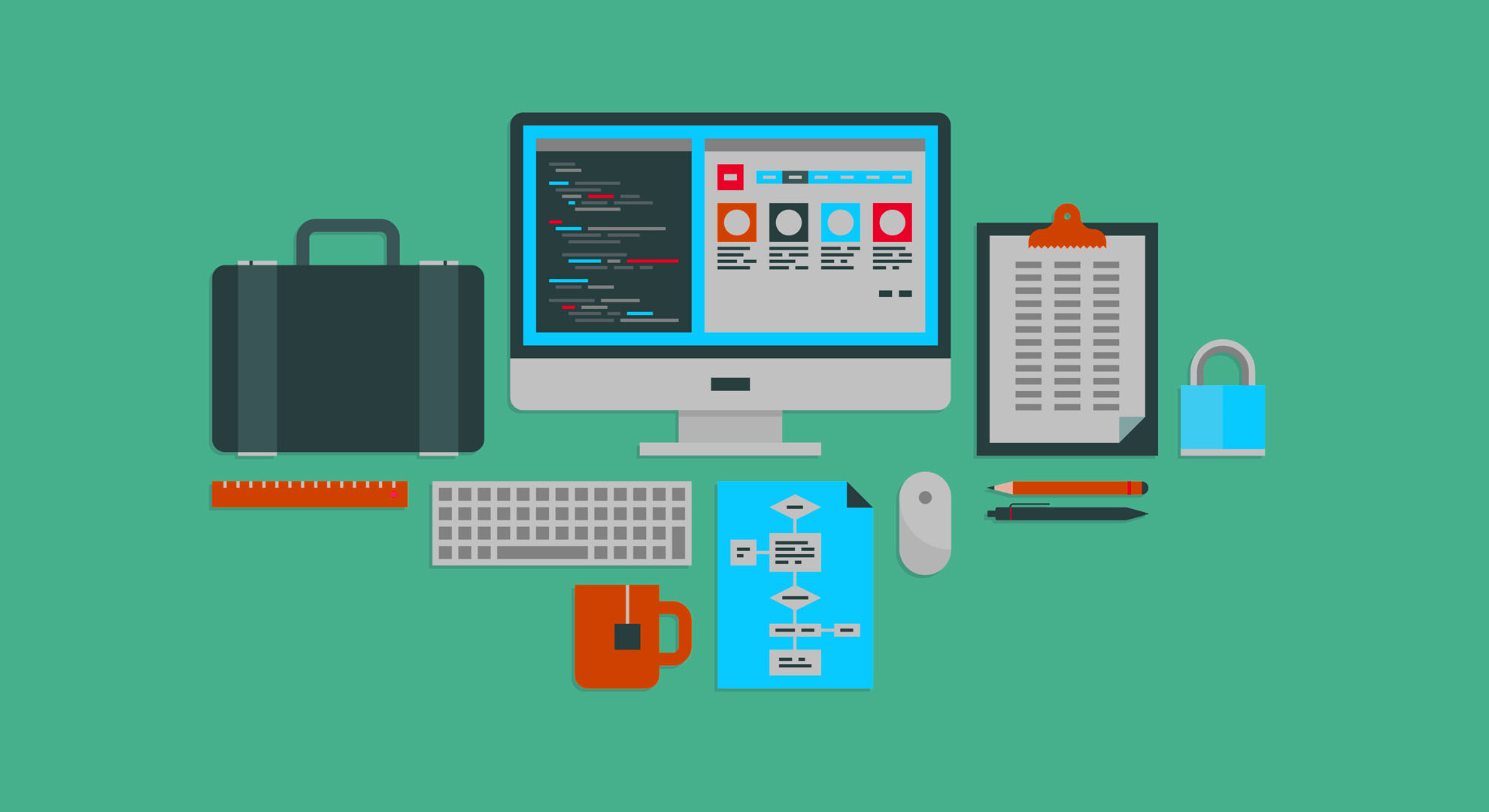Your website is the face of your business, and its performance is fundamental to leads, conversions, and business growth. A poor performing website costs business in terms of lost opportunities. A study by Kissmetrics indicates that 40 percent of the visitors leave a website if it does not load in 3 seconds. You may guess the expectations and their pace.
In other words, a slow website will have a negative impact on UX, usability, conversion rates, revenue, and SEO. If you are facing this issue, you must consider some effective tips to improve your website performance.
Here is the list of 7 tips to improve your website performance.
1. Code Your Site For Mobile-first Quality and Speed
Keeping in mind the dominance and the prominence of the mobile web, it is significant to make sure that your website is mobile first. The previous practice of creating desktop sites responsive to mobile devices must now be swapped. The plan must prioritize mobile users first and enhance the experience for desktops and tablets. This will result is reducing unnecessary dependencies. Now the question arises……
How to make your website mobile friendly?
- Take a mobile-friendly test to assess your website
Google’s Mobile Website Auditor is the simplest technique to examine your website’s usability on mobile. The test will display your website’s score by an assortment of usability standards, like text readability, the proximity of clickable elements, plugins, and configuration viewpoint.
- Enhance your UX and UI to mobile devices
Think about your voice search, SEO optimization, user flow strategy and create a readable copy on all devices.
- Utilize platforms like Duda Mobile or bMobilized to generate a mobile version of your desktop site
2. Decrease Image Size
As per HTTP Archive, image weight on the desktop computer is 61% of a website’s page. So. It is important for you to appropriately size it.
Implementing new image formats, such as JPeg XR and WebP, can also aid in reducing image weight by 20% to 50% without compromising on the quality.
Here are some tips to decrease image size in order to create a responsive design.
- Decrease the real image size in any editor
- Syndicate images into CSS sprites to decrease round trips. This is an actually valuable method that cartels frequently used pictures into an image file, therefore plummeting the amount of HTTP request that is essential to download the webpage. This feature is applied via appropriate use of the background-position properties and CSS background-image.
- Set a container property with maximum breadth not to exceed 90% of border width container { width: 800px; max-width: 90%}
- Make pictures auto resize to the maximum breadth by utilizing max-width:100%
3. Try a Content Delivery Network (CDN)
A content delivery network is a scheme that utilizes dispersed servers to distribute web content and websites relying on website’s content and user’s location. It is a method of taking websites static files, like JavaScript, images, CSS and sending them via web servers that are near to the user’s physical location. This is because; shorter proximity leads to faster load time.
4. Cache As Much As Possible
You may have heard this word before. So, what is web Caching?
Caching is a tool for a momentary storing of web pages in order to decrease bandwidth and increase enactment. When a visitor reaches your site the cached version will be showed up unless it has altered since the last cache. This protects server time and makes loading overall faster. You have to make sure this feature is permitted on your website.
5. Load JavaScript Asynchronously
An additional tactic is to think about loading one of your third-party JavaScripts asynchronously. Websites nowadays are progressively united with third-party content: information feed, commenting services, chat features and social media.
Loading async will decrease the risk of third-party crashes. You will not have to wait while trying to load that resource. Async loading can also speed up page loads.
6. Review Your Hosting Service Plan
If your web-performance is still not up to the mark, check your hosting providers to see if you have dedicated or shared hosting. A shared hosting account frequently encompasses sharing server space with dozens of other companies where website speed is wedged by a number of people utilizing the servers. In this case, it is time to contemplate a devoted strategy where you have sole access to the server.
7. Adopt Cloud-based Website Monitoring
There are noteworthy benefits to offloading your website checking to a cloud-based host. They include efficiency, scalability, and cost. This will help you to focus on the growth strategies of your business, which is the most important thing.
If you prefer onboard monitoring, then you must try Monitis. This latest cloud-based monitoring service that can be used 24/7. It will permit your company to monitor networks from anywhere and at any time. Monitis can actually guide you about the hosting services by delivering the timely notification. You can also check what time your website faces traffic issues.
One thing that must be kept in mind is that the main objective of your website is to generate profits and enhance traffic. The trendy styles and glossy images probably seem suitable. However, they play an imperative role if your visitors have to wait for more than ten seconds to access your site.
Conclusion
After viewing the discussion above, it is evident that the significance of website performance cannot be overlooked. Hence, go through all of the seven points mentioned above to make sure that everything is running efficiently and is optimized. Following these tips will result in happy and satisfied customers. They will thank you for many happy returns.









Thanks for sharing the post. The load time of a webpage is a vital ranking factor. Using CDN is also a good practice in order to enhance the load speed of a page.
Nice article. If you don’t mind, i would like to add one more point. We also need to test website performance across all devices because users generally browse website using different kinds of devices. We can use Perfhack for that